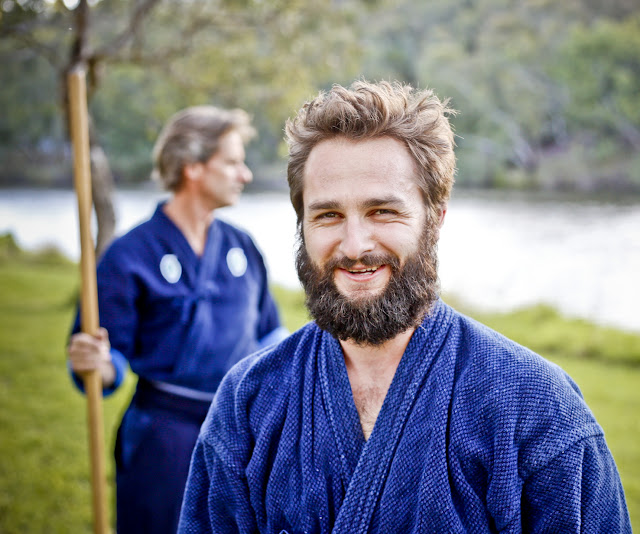Need for Speed?
An interesting topic came up during Keiko one night. Speed. How much is realistic and is a lack thereof detrimental to our learning?
As Morris and Manaka Sensei have stated previously, a slower pace at the beginning will allow you the best chance to absorb and fine tune. Speed can come later. Trust the slow pace. However, when first viewing a technique, the discerning mind can come up with all manner of perceived flaws within the kata. Speed, or the lack of, can fool the dualistic mind into thinking something is either flawed or perfected. How do we then overcome this trap of the analytical mind?
A beginner may indeed view our training as unrealistic at first sight. We move in set patterns of Uke & Tori. One could be mistaken into thinking there are no dynamics to our kata. However, this type of attitude is one that quickly dissolves once your feet are on the mats. There is nothing dead about our combative techniques, but the speed at which we train can come across as unrealistic, choreographed and pre-determined. These, so-called, predetermined outcomes are not lacking in realism or true combative movement whatsoever. A lack of speed at times can also be detrimental. When we first see some kata, we are mystified by Uke’s apparent lack of seizing the chance to counter Tori. But this sort of analysis is not trusting the kata’s effectiveness and misses the fact that Uke has just received some sort of kuzushi (balance breaking) or atemi (softening blow or strike) and has no realistic opportunity to counter. This is something I hear all the time.
We train at a moderate pace to ensure we can train safely and maintain our alignment, footwork and posture so we can sync our structure better and overcome the chaotic nature of real combative movement we can experience under adrenal stress. This adrenal stress can create all manner of wild and unruly movement. We may get too high through the knees or hips, footwork may become toe-oriented rather than mid-foot, our posture may get curved etc. etc. The economy of our form is what sets us apart from the gendai arts. A slower pace is essential to reveal flaws in our structure and assist in drilling good basics into us. Later, we can speed things up a bit to pressure test our technique. Randori (sparring) and keiko no ho (varied or random attacks within a set technique), training are also opportunities where we can pressure test ourselves and the juice and realism can be experienced. Starting with speed only masks the flaws.
The true physics to some movement can be distorted when seeing a kata for the first time at a slow pace. But if we rush through a kata at speed in order to maintain an idea of “realistic v’s unrealistic”, we could miss the flavour within the kata or movement. It is only when we slow things down that we may glimpse the secret to our path of perfected movement. In the end, timing is of more importance, but that's a topic for another day.
Travis de Clifford
Nidan
Sessa Takuma



Comments